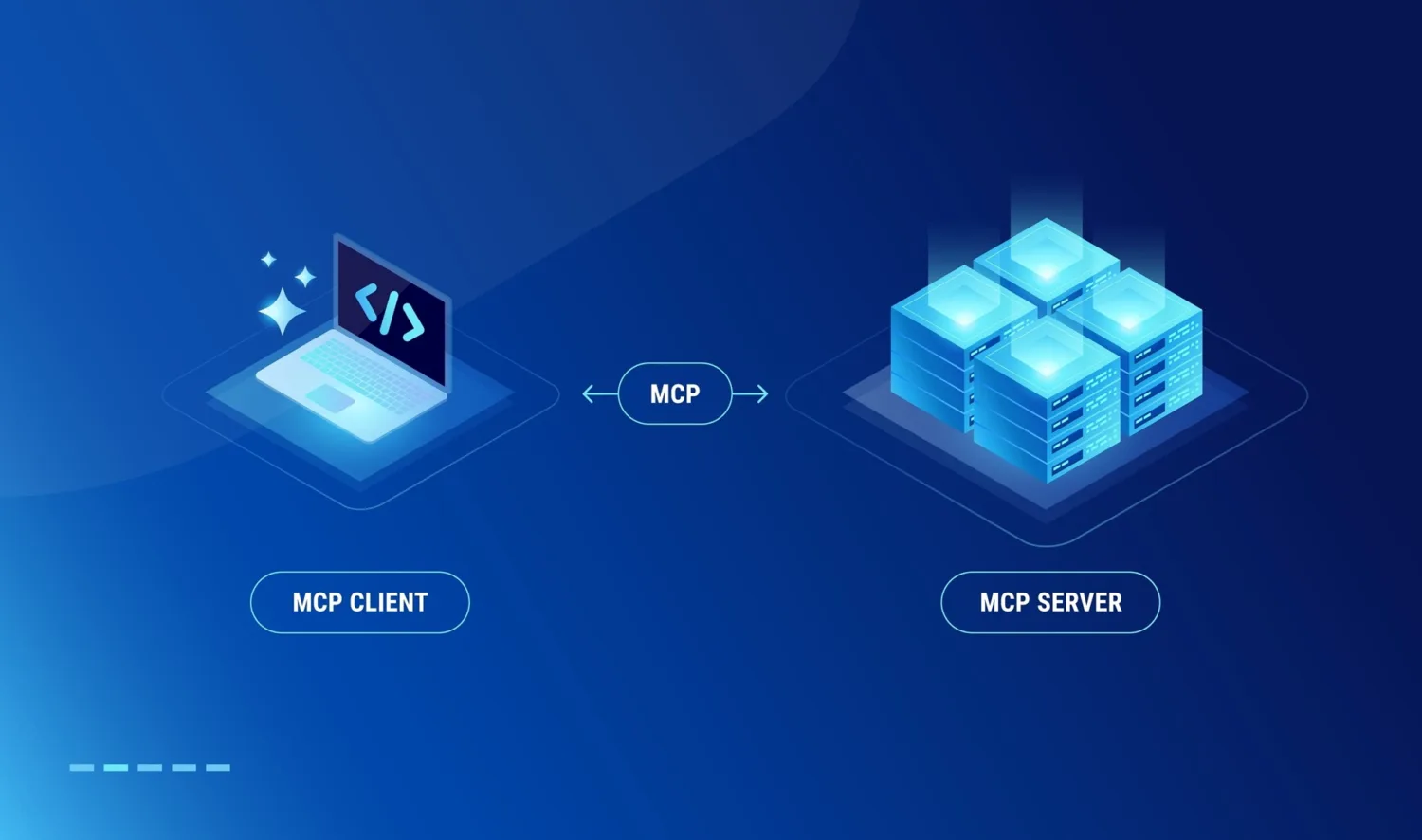How Data Fusion is Revolutionizing Correlation and ASPM

In the realm of data management, especially within the context of Application Security Posture Management (ASPM), two key processes—de-duplication and correlation—play critical roles. Understanding their differences and how they complement each other is vital for organizations aiming to enhance their security frameworks efficiently. This blog explores these differences and discusses how advancements in AI data fusion are revolutionizing correlation, thus taking ASPM to new heights.
What is De-duplication?
De-duplication is a data optimization technique used to eliminate redundant copies of the same data, thus saving storage space and reducing unnecessary data handling overhead. In the context of application security, de-duplication involves identifying and removing duplicate findings from security scans. By ensuring that each unique finding is reported only once, de-duplication simplifies the initial stages of the data analysis process, making subsequent steps more manageable and focused.
What is Correlation?
Correlation, on the other hand, involves linking related pieces of information to draw meaningful insights. In application security, this means identifying relationships between different findings, such as common causes, affected systems, or potential combined impact. Correlation helps in understanding the broader context of security findings, which is crucial for effective prioritization and remediation strategies.
Key Differences
The main difference between de-duplication and correlation lies in their purposes and outcomes:
De-duplication simplifies data sets by removing exact duplicates, thus streamlining data without altering its intrinsic value.
Correlation adds value by constructing relationships and patterns among data points, which can reveal insights not visible from isolated pieces of data.
AI Data Fusion in ASPM
AI data fusion refers to the use of artificial intelligence to integrate and analyze data from multiple sources to produce more accurate, consistent, and useful information. In ASPM, AI data fusion leverages both de-duplication and correlation but takes correlation a step further by integrating diverse source/scan types (e.g., SCA, SAST, DAST, SCA, PenTesting, Container and Cloud security posture management) into a unified analysis framework.
Taking Correlation to a New Level
AI Correlation in ASPM can identify not only direct relationships but also complex patterns between findings from across different scan types that enables efficient prioritization and remediation.
- SQL injection or Cross Site Scripting (XSS) vulnerabilities from Dynamic Application Security Testing (DAST) or Penetration Testing with findings from Static Application Security Testing (SAST)
- CVEs from Container Security with the underlying files from Source Composition Analysis (SCA)
- Issues such as un-encrypted entities, over permissive policies, and ingress in Cloud Security Posture Management (CSPM) and with findings from Infrastructure as Code scanners (IaC)
Data fusion in ASPM can take these complex patterns and identify weaknesses that may be indicative of sophisticated cyber threats. For example, AI can analyze historical data to predict potential future vulnerabilities based on past incidents and current trends. This predictive capability allows organizations to proactively adjust their security measures before a breach occurs.
Moreover, AI-driven systems can correlate data identifying long-term trends and anomalies that human analysts might miss. This advanced correlation holds the potential to detect subtle, multi-stage threats that operate below the usual thresholds of detection.
Benefits of Advanced Correlation in ASPM
The enhanced correlation capabilities provided by AI data fusion in ASPM bring several benefits:
- Reducing mean time to remediation (MTTR): AI automates the correlation process, reducing the time and resources needed for manual root cause analysis and identifying the corresponding point of remediation.
- Prioritizing work with the greatest impact: By identifying the findings that are mostly highly correlated, teams can focus remediation efforts on the areas where they can have the largest impact.
- Reducing waste within the toolchain: Correlating across tools improves the overall signal to noise ratio avoiding wasted time spent chasing the same issue and identifying those sources that are higher fidelity
Conclusion
While de-duplication and correlation serve different purposes in data management, their integration through AI data fusion in ASPM systems represents a significant advancement in how security data is analyzed and utilized. By harnessing the power of AI to enhance correlation capabilities, organizations can achieve a deeper understanding of their security posture, anticipate future threats, and deploy more effective defenses. This evolution marks a pivotal step towards more intelligent, proactive security management, ensuring that businesses can stay ahead of increasingly sophisticated cyber threats.
Learn more
Check out the recent Let’s Talk ASPM episode where I talk about “Unlocking Cross-Tool Correlation with Next-Gen ASPM,” or request a demo to see ArmorCode’s AI Correlation in action.


